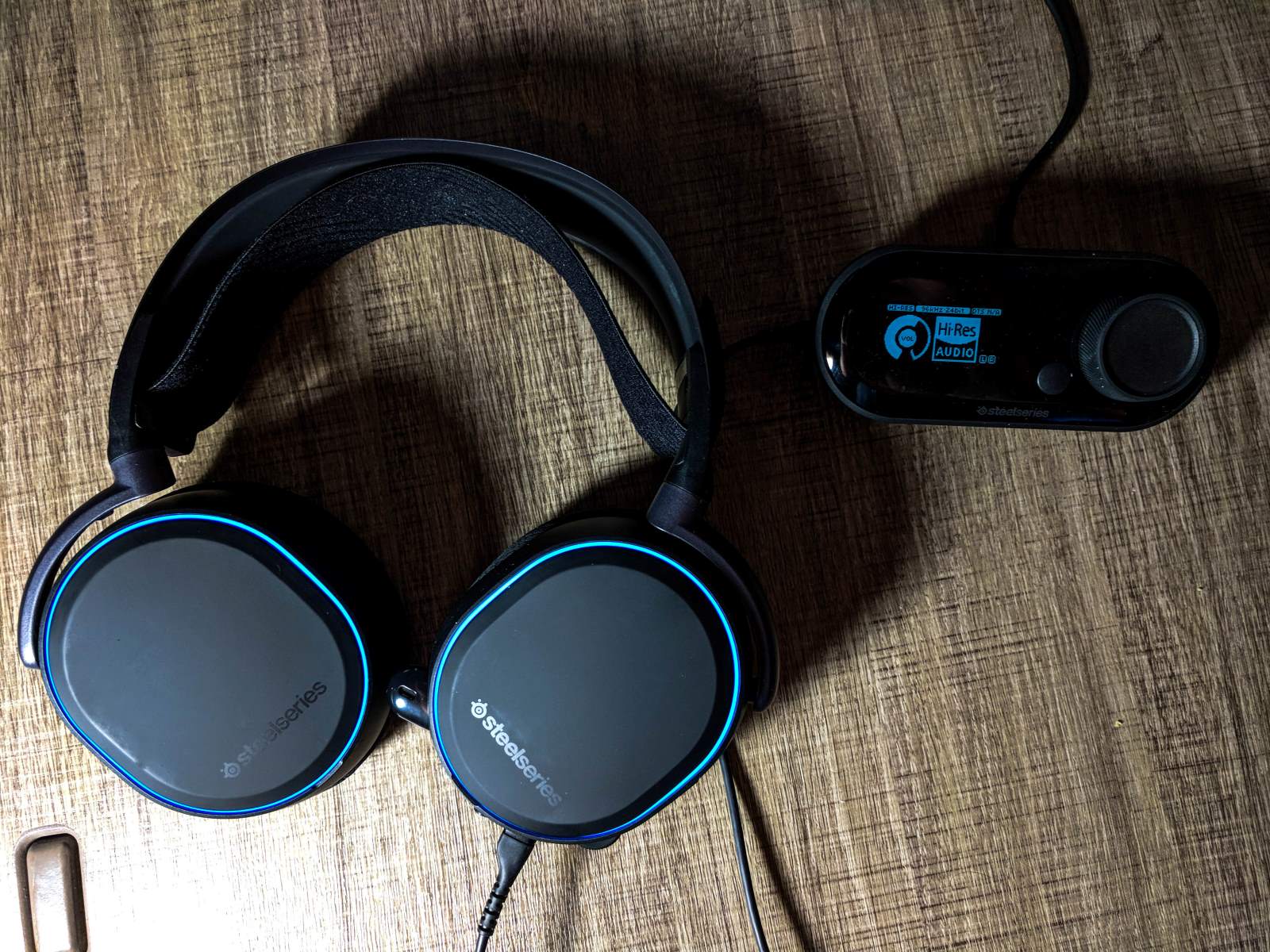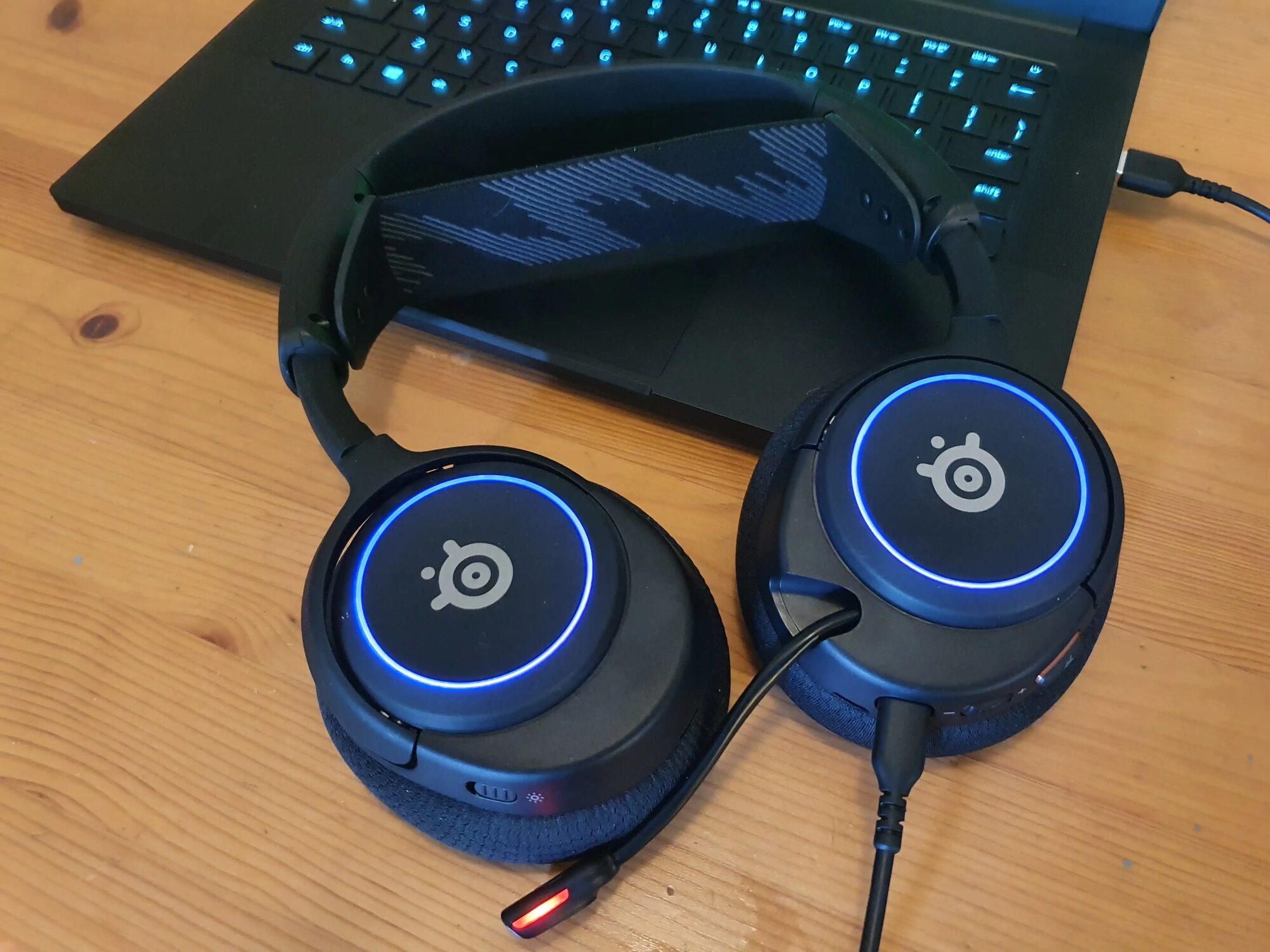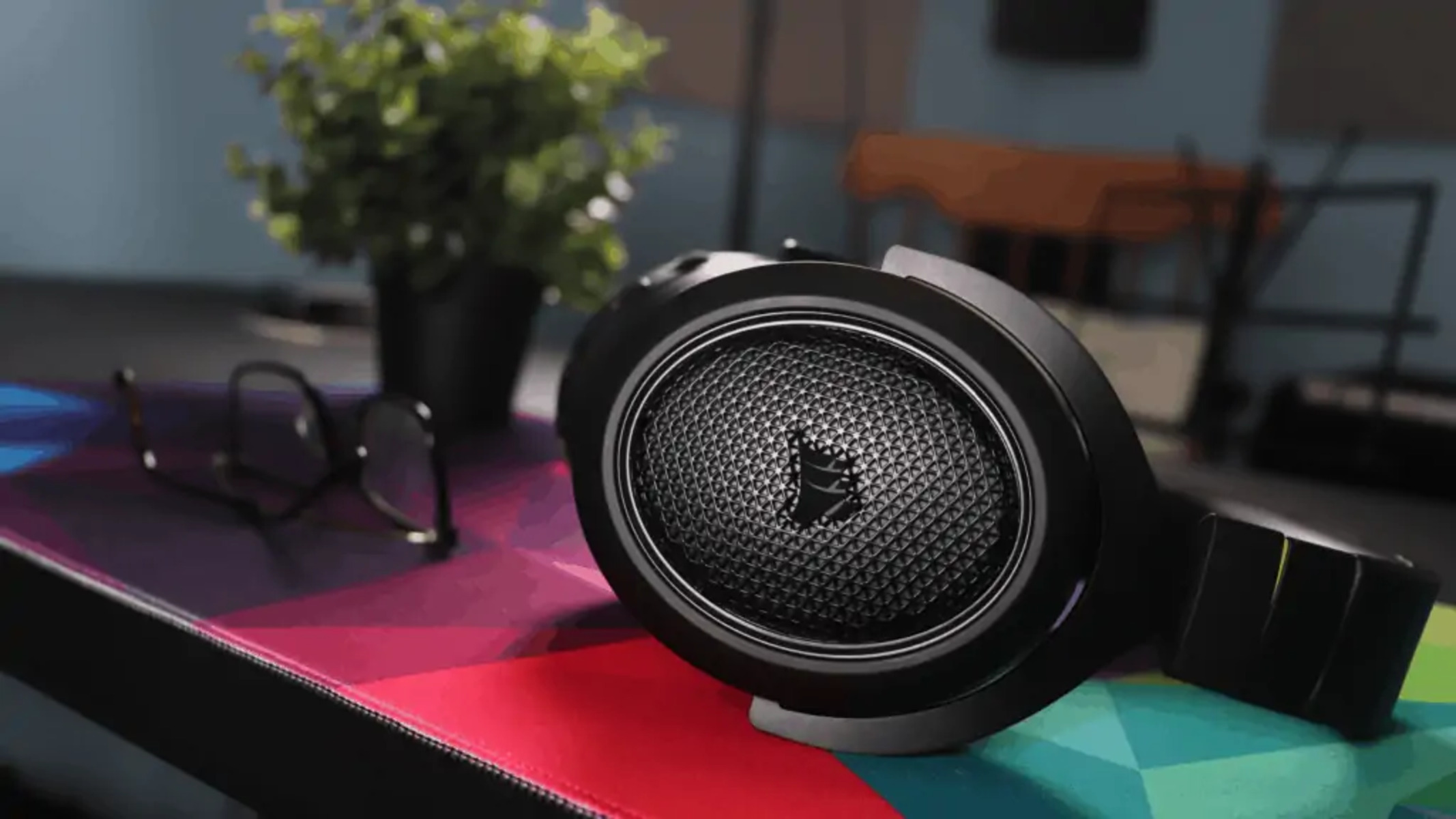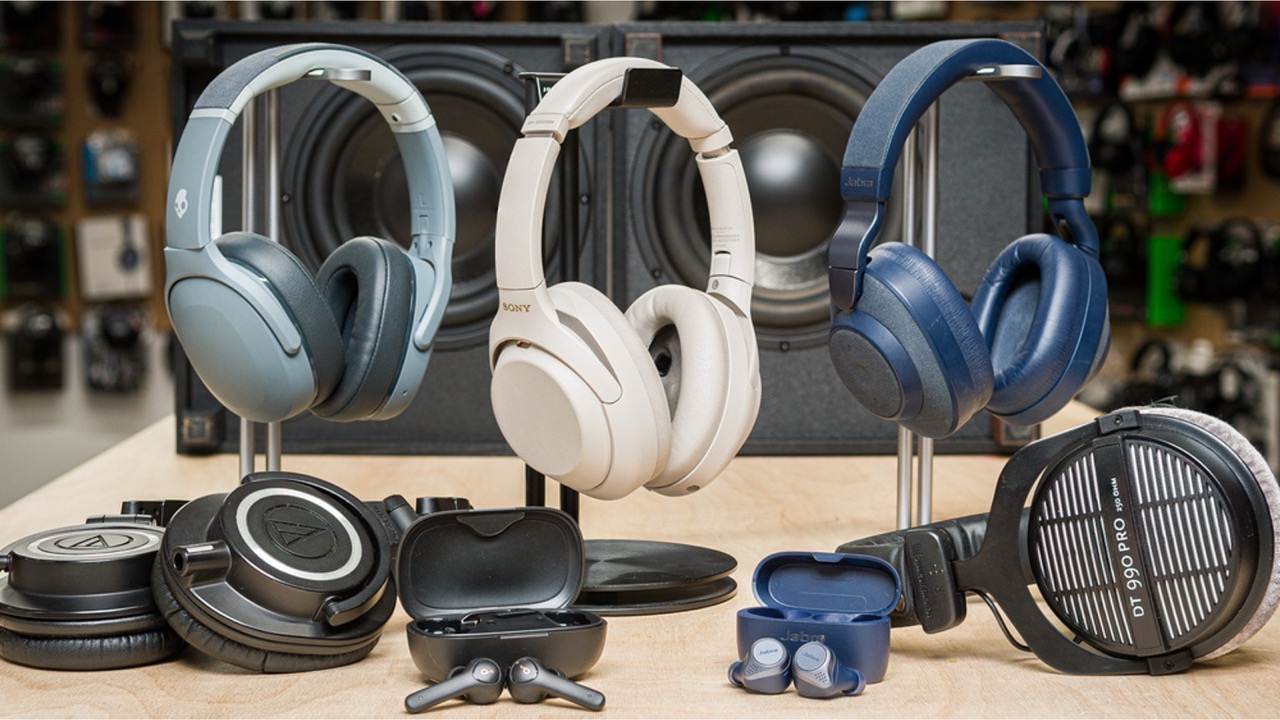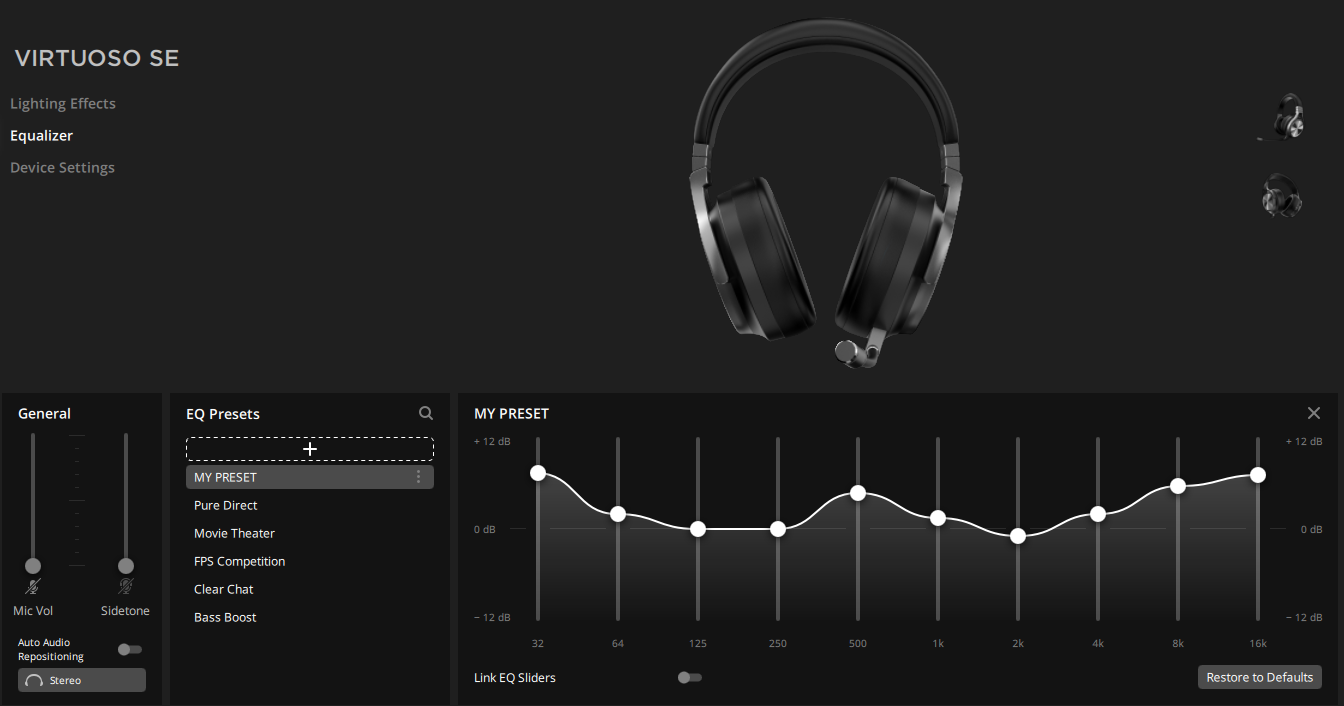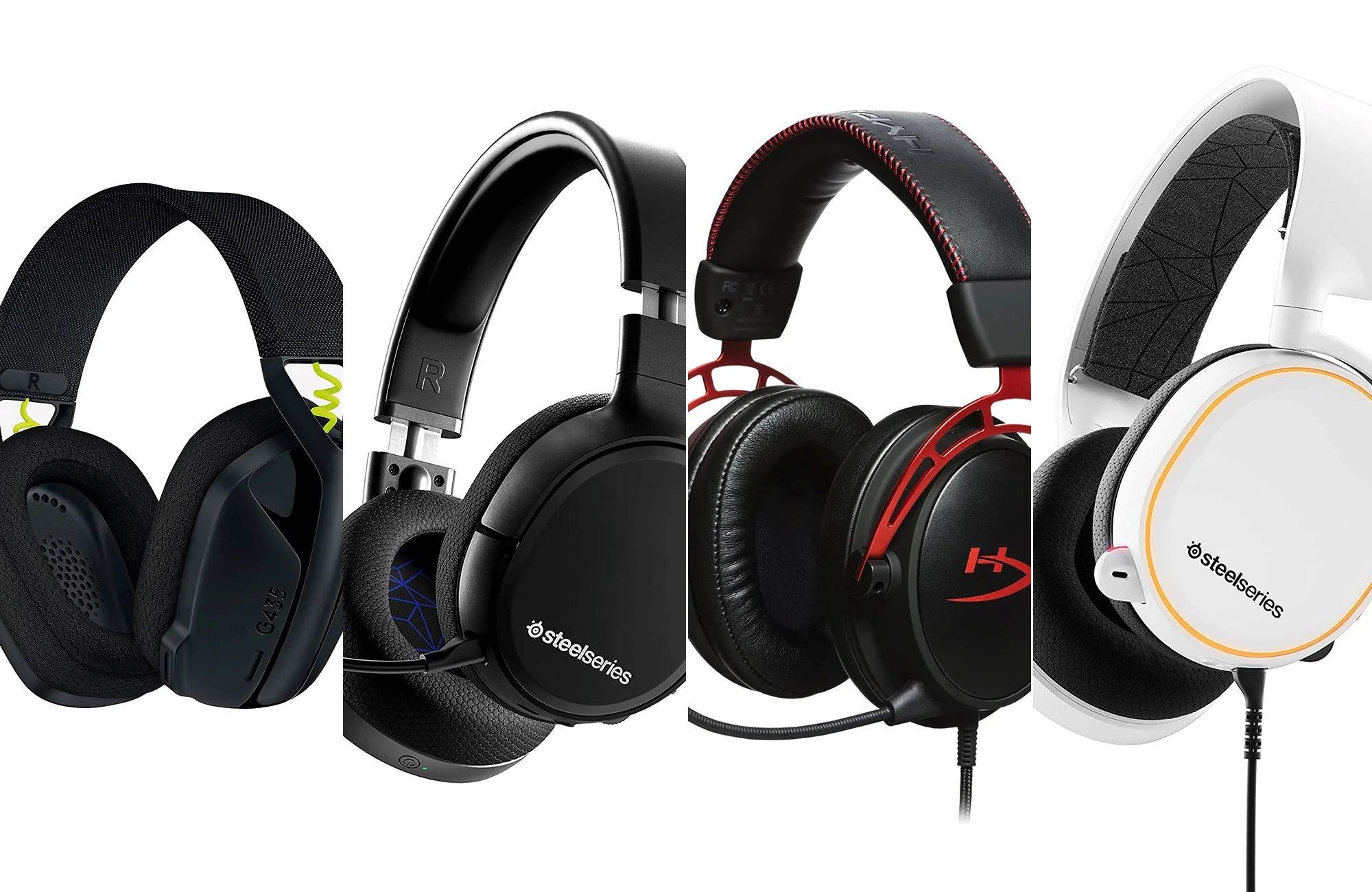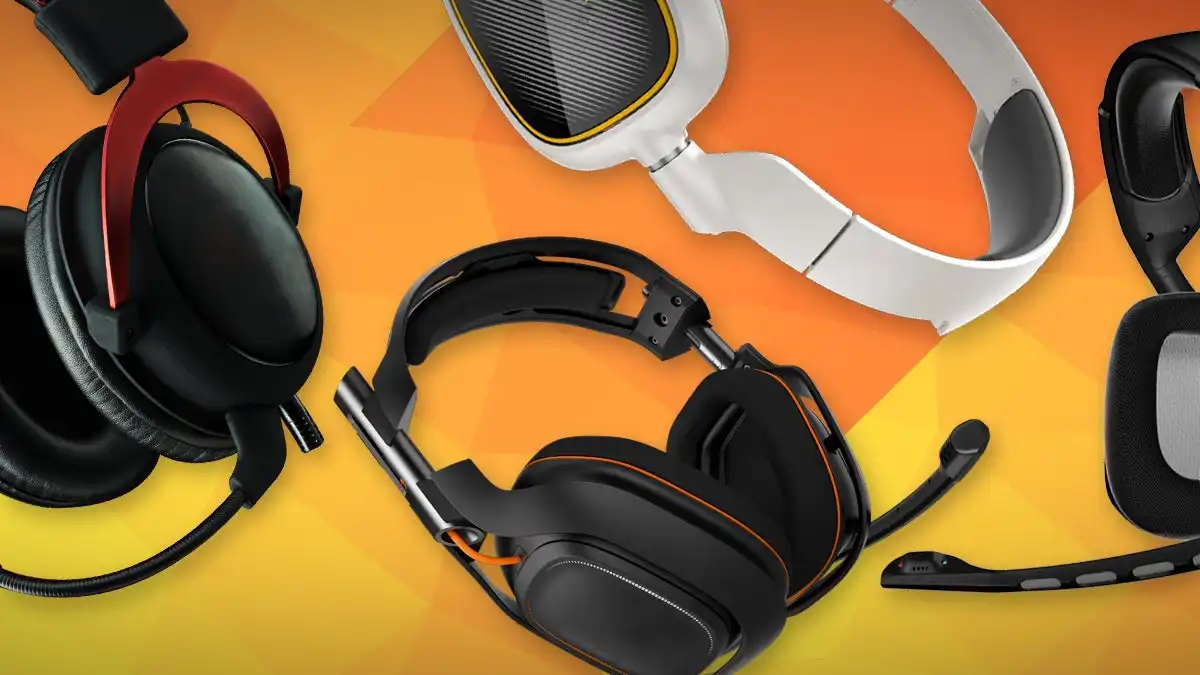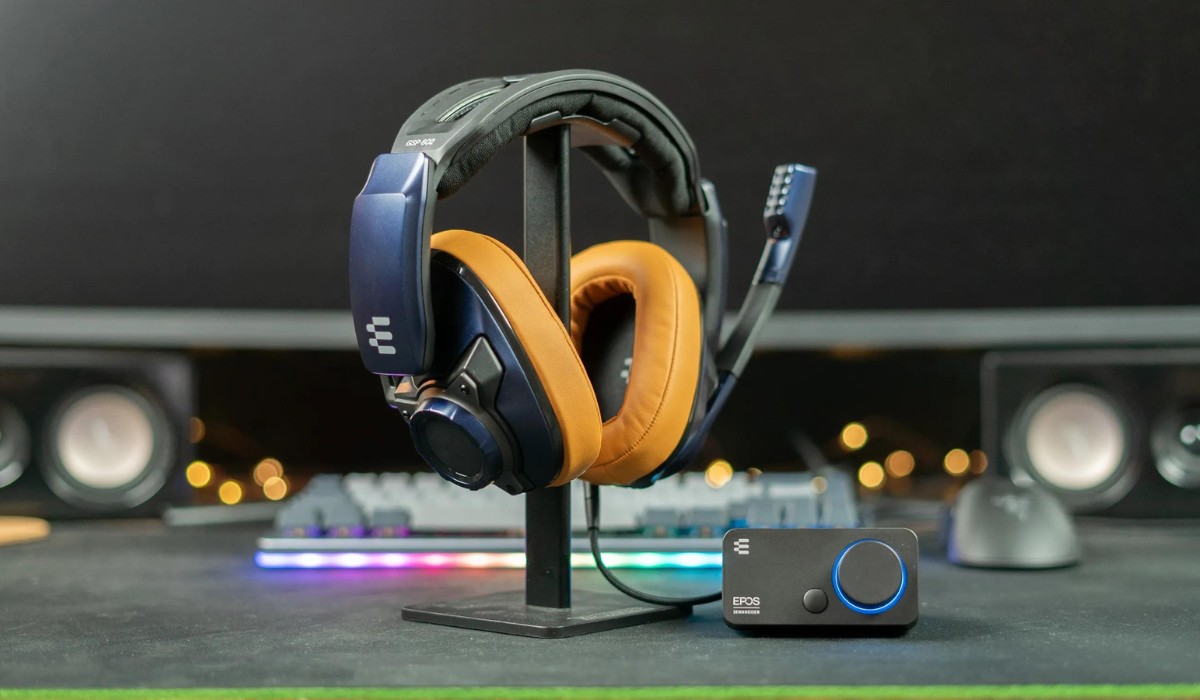Understanding Frequency in Gaming Headsets
Frequency is a fundamental aspect of gaming headsets that significantly impacts the audio experience. In the realm of sound, frequency refers to the rate at which a sound wave vibrates, typically measured in Hertz (Hz). Understanding frequency is crucial for gamers seeking an immersive and high-quality audio experience.
Exploring Frequency Range
Gaming headsets operate within a specific frequency range, which determines the spectrum of sounds they can reproduce. The human auditory range spans from 20Hz to 20,000Hz, encompassing the bass, midrange, and treble frequencies. When selecting a gaming headset, it's essential to consider its frequency response, which indicates the range of frequencies it can accurately reproduce. A wider frequency response generally results in more detailed and nuanced audio output, enriching the gaming environment.
Impact on Audio Quality
Frequency directly influences the clarity and richness of sound in gaming headsets. Lower frequencies, such as bass tones, contribute to the depth and immersion of in-game audio, enhancing the overall experience. Meanwhile, midrange frequencies carry essential elements like dialogue, effects, and musical instruments, adding depth and realism to the gaming soundscape. The treble frequencies encompass high-pitched sounds, including environmental cues and subtle details, which are crucial for spatial awareness and immersive gameplay.
Consideration for Different Game Genres
Different gaming genres demand varying frequency responses to deliver an optimal audio experience. For instance, in action-packed games, a wider frequency range can amplify the impact of explosions and gunfire, heightening the sense of intensity and excitement. On the other hand, narrative-driven games benefit from a balanced frequency response that accentuates dialogue and ambient sounds, fostering a captivating and emotionally engaging experience.
Role in Spatial Awareness
Frequency also plays a pivotal role in spatial awareness within games. By accurately reproducing a diverse range of frequencies, gaming headsets can provide directional cues and environmental sounds, enabling players to pinpoint the origin of in-game actions and immerse themselves in a realistic auditory environment. This contributes to heightened situational awareness and can significantly impact gameplay, particularly in competitive or immersive gaming scenarios.
In essence, understanding the significance of frequency in gaming headsets empowers players to make informed decisions when selecting a headset that aligns with their gaming preferences and priorities. By delving into the intricacies of frequency and its impact on audio quality, gamers can elevate their gaming experiences and immerse themselves in captivating virtual worlds.
The Importance of Frequency in Gaming Headsets
Frequency holds immense significance in the realm of gaming headsets, profoundly influencing the audio quality and immersive potential of the gaming experience. Understanding the importance of frequency is pivotal for gamers seeking to optimize their audio environments and elevate their gameplay to new heights.
Enhanced Immersion and Realism
The frequency range of a gaming headset directly impacts the depth and authenticity of in-game audio. By accurately reproducing a wide spectrum of frequencies, including bass, midrange, and treble tones, gaming headsets can create a rich and immersive soundscape, allowing players to feel fully immersed in the virtual world. This heightened sense of realism can intensify emotional engagement and amplify the impact of in-game events, fostering a captivating gaming experience.
Audio Detail and Nuance
A broader frequency response enables gaming headsets to capture intricate audio details, such as subtle environmental cues, ambient sounds, and spatial effects. This heightened level of audio detail enriches the gaming environment, providing players with a more nuanced and dynamic auditory experience. Whether it’s the rustling of leaves in a virtual forest or the distant echoes of a virtual battlefield, the ability to reproduce a diverse frequency range enhances the depth and authenticity of in-game audio, contributing to a more immersive and captivating gameplay experience.
Impact on Competitive Gaming
In competitive gaming scenarios, the importance of frequency in gaming headsets becomes even more pronounced. A wider frequency response equips players with enhanced spatial awareness, enabling them to accurately discern the direction and proximity of in-game actions. This heightened situational awareness can provide a competitive edge, allowing players to react swiftly to auditory cues and make strategic decisions with precision. Whether it’s pinpointing the footsteps of an approaching adversary or detecting environmental clues, the frequency capabilities of gaming headsets directly influence a player’s performance in competitive gaming environments.
Personalized Audio Preferences
Understanding frequency empowers gamers to tailor their audio experiences to align with their preferences and gaming styles. Whether prioritizing deep bass for immersive action sequences or emphasizing midrange frequencies for dialogue and storytelling, the ability to select gaming headsets with specific frequency responses allows players to curate their audio environments according to their unique preferences. This personalized approach to audio customization enhances the overall gaming experience, catering to individual preferences and optimizing audio immersion.
The importance of frequency in gaming headsets extends far beyond mere technical specifications, profoundly impacting the depth, realism, and personalization of the gaming audio experience. By recognizing and embracing the pivotal role of frequency, gamers can harness the transformative power of audio to enrich their virtual adventures and elevate their gameplay to new heights.
Choosing the Right Frequency for Your Gaming Headset
When selecting a gaming headset, choosing the right frequency response is a crucial consideration that directly influences the audio experience and overall immersion in virtual worlds. Understanding how to align the frequency capabilities of a headset with individual gaming preferences is essential for optimizing the auditory environment and enhancing the gaming experience.
Assessing Gaming Preferences
Before delving into the technical specifications of frequency, it’s important for gamers to assess their gaming preferences and priorities. Consider the genres of games most frequently enjoyed, whether they are action-packed adventures, narrative-driven experiences, or competitive multiplayer games. Understanding the audio demands of preferred game genres can guide the selection of a gaming headset with a frequency response that complements and enhances the gaming experience.
Exploring Frequency Response Curves
Frequency response curves provide valuable insights into how a gaming headset reproduces different frequencies. These curves illustrate the headset’s performance across the bass, midrange, and treble frequencies, offering a visual representation of its audio capabilities. By examining frequency response curves, gamers can identify headsets that align with their audio preferences, whether they prioritize deep bass for immersive action sequences, balanced midrange for dialogue clarity, or extended treble for environmental details and spatial effects.
Considering Surround Sound Capabilities
For gamers seeking heightened spatial awareness and immersive audio environments, the frequency response of a gaming headset in conjunction with its surround sound capabilities is a critical consideration. Surround sound technologies, such as virtual or true multi-channel audio, can augment the spatial representation of in-game audio, providing directional cues and environmental immersion. When choosing the right frequency for a gaming headset, it’s essential to evaluate how its frequency response complements and enhances the surround sound experience, contributing to heightened realism and situational awareness.
Balancing Frequency Range and Audio Detail
While a wider frequency range can offer extended audio capabilities, it’s important to balance this with the reproduction of nuanced audio details. Selecting a gaming headset with a frequency response that not only spans a wide range but also captures intricate audio nuances, such as environmental cues, ambient effects, and spatial audio, can significantly enrich the gaming experience. By prioritizing headsets that strike a balance between frequency range and audio detail, gamers can ensure an immersive and dynamic auditory environment.
Choosing the right frequency for a gaming headset involves a thoughtful evaluation of individual gaming preferences, frequency response curves, surround sound capabilities, and the balance between frequency range and audio detail. By aligning the frequency capabilities of a headset with personal gaming preferences, gamers can optimize their audio experiences and embark on captivating virtual adventures with enriched auditory immersion.
Tips for Optimizing Frequency Settings in Gaming Headsets
Optimizing frequency settings in gaming headsets is essential for maximizing audio quality, immersive potential, and personalized audio experiences. By leveraging the frequency capabilities of gaming headsets and customizing their settings, gamers can elevate their auditory environments and immerse themselves in captivating virtual worlds. Here are valuable tips for optimizing frequency settings in gaming headsets:
Customize Equalizer Settings
Many gaming headsets offer equalizer settings that allow users to adjust the intensity of specific frequency bands, such as bass, midrange, and treble. By customizing the equalizer settings to align with personal audio preferences and the demands of different game genres, gamers can tailor the frequency response of their headsets to optimize audio immersion and clarity. For example, boosting the bass frequencies can enhance the impact of explosions and environmental effects in action games, while emphasizing midrange frequencies can elevate dialogue clarity in narrative-driven experiences.
Experiment with Preset Audio Profiles
Some gaming headsets feature preset audio profiles designed for specific game genres or audio preferences. These profiles often adjust the frequency response and equalizer settings to suit the audio demands of different gaming scenarios. Experimenting with preset audio profiles can provide valuable insights into how frequency settings impact the audio experience, allowing gamers to identify profiles that align with their preferences and optimize the frequency response for immersive gameplay.
Consider Surround Sound Enhancements
When optimizing frequency settings, it’s important to consider the integration of surround sound enhancements, such as virtual or true multi-channel audio. These enhancements can augment the spatial representation of in-game audio, providing directional cues and environmental immersion. By adjusting the frequency settings to complement surround sound technologies, gamers can optimize the spatial awareness and realism of their audio environments, enhancing the overall gaming experience.
Adapt Frequency Settings to Game Environments
Different game environments, from expansive open worlds to intense battlegrounds, may benefit from tailored frequency settings. For example, in open-world exploration games, emphasizing midrange and treble frequencies can accentuate environmental details and ambient effects, enriching the immersive experience. In contrast, competitive multiplayer environments may benefit from a balanced frequency response that enhances spatial awareness and directional audio cues, contributing to strategic gameplay and heightened situational awareness.
Seek Feedback and Fine-Tune Settings
Engaging with gaming communities and seeking feedback on frequency settings can provide valuable insights into optimizing audio experiences. By exchanging experiences and recommendations with fellow gamers, individuals can discover effective frequency settings that enhance audio quality, immersive potential, and gameplay performance. Fine-tuning frequency settings based on collective feedback can further optimize the audio environment, enriching the gaming experience.
By implementing these tips for optimizing frequency settings in gaming headsets, gamers can harness the full potential of frequency customization, elevate their audio experiences, and embark on captivating virtual adventures with enriched auditory immersion.







